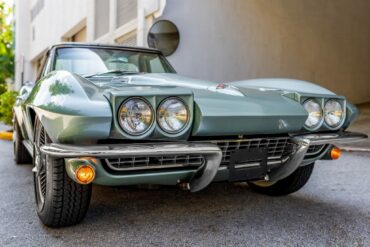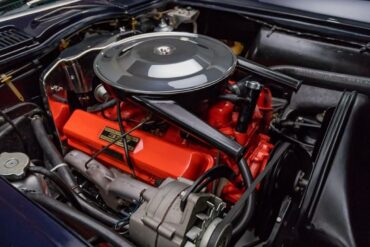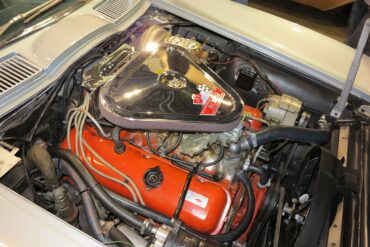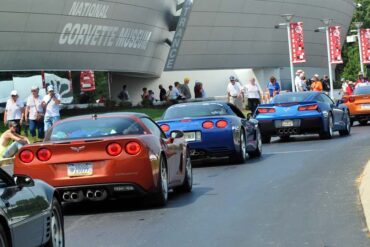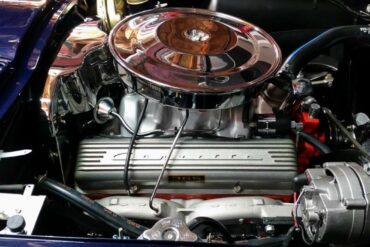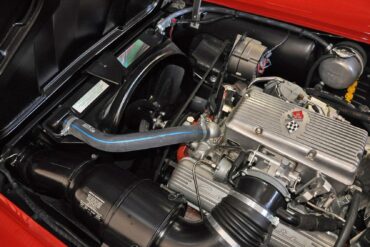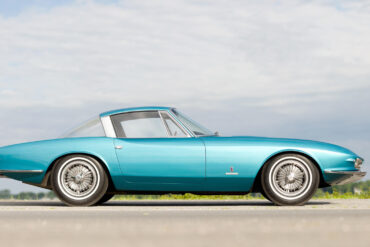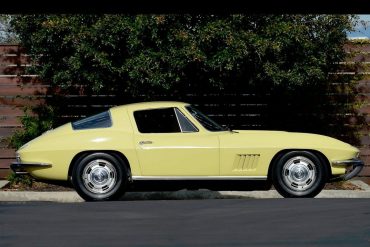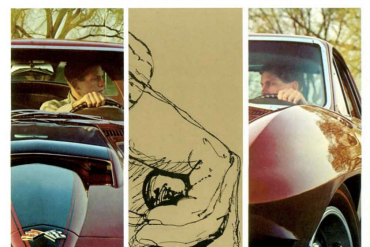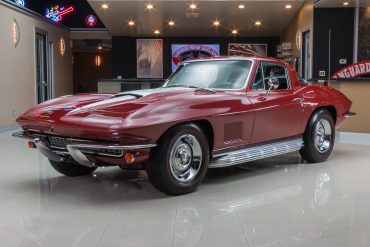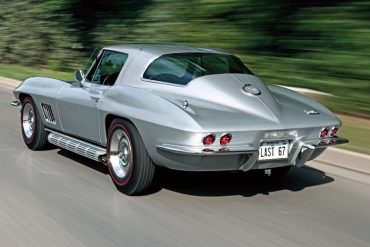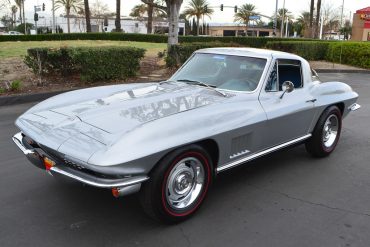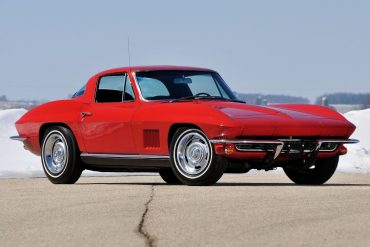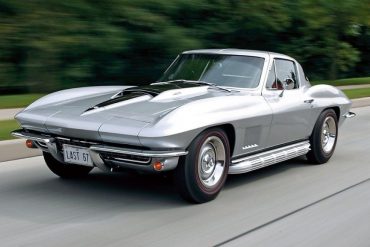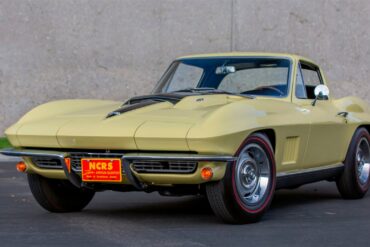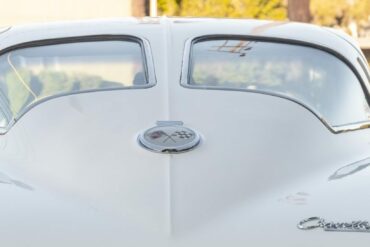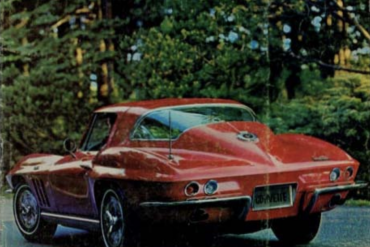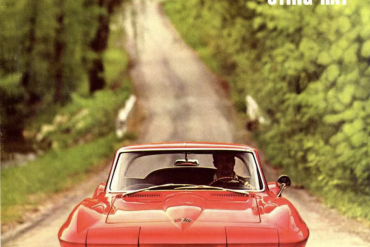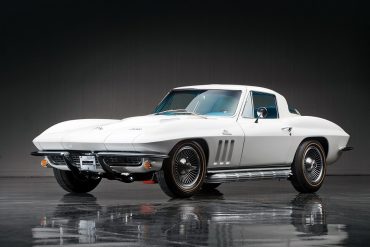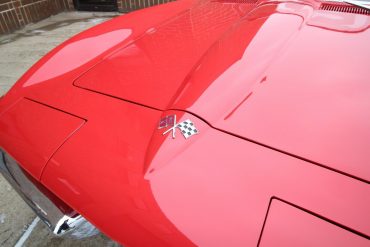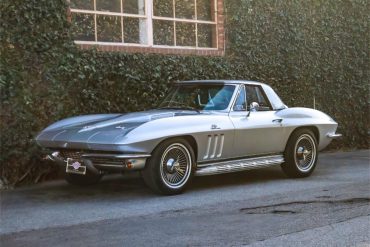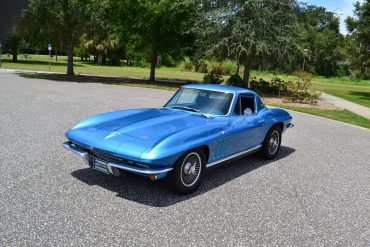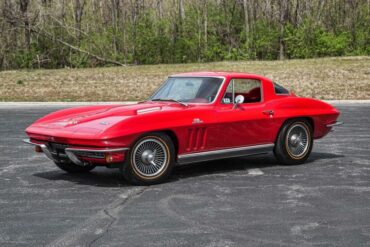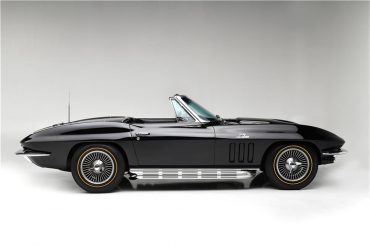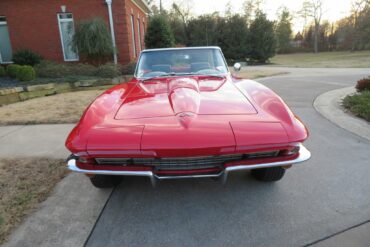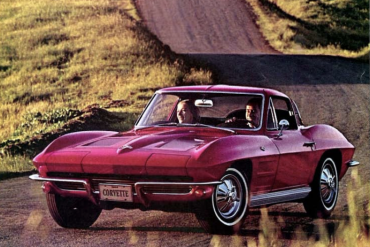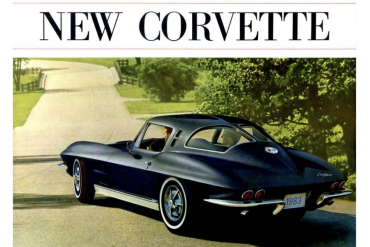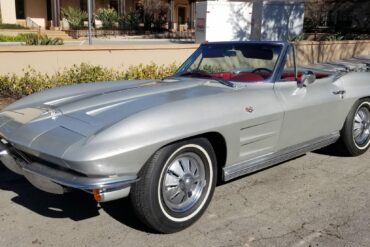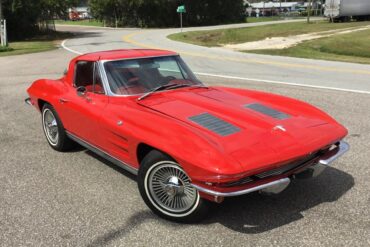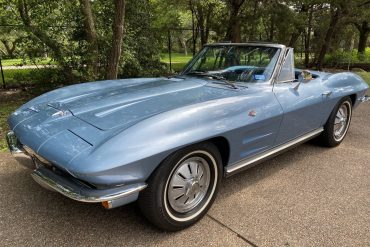A 1966 Chevrolet Corvette C2 convertible was recently sold on Bring A Trailer for $98,000. The convertible had a Mosport...
The 327CI small-block V8 was available to consumers in several distinct configurations, all of which produced varying degrees of output. Available in both carbureted and fuel injected forms, the 327CI small-block proved capable of producing anywhere from 250-360 horsepower, depending upon one’s choice of engine code.
By the 1960s the Corvette was beginning to hit its stride, especially in terms of performance. While the GM small-block reigned supreme initially, the 1960s would see the rise of the high-displacement big-block, complete with 400-plus horsepower. This was on par with the times, as the horsepower wars of the muscle car era were in full swing. This resulted in several extremely memorable power plants.
Are Some Corvettes Better Than Others? Since its introduction in 1953, the Chevy Corvette has been recognized as one of...
The 265 cubic-inch small-block served as the jumping-off point for further engine development. Chevrolet spent the following decade perfecting their earlier small-block, which eventually grew in displacement and became a testbed for early fuel injection technology. Further progress was made in 1964, with the release of the L76 V8. This potent small block proved quite reliable while dishing out more than enough horsepower.
In under a decade, GM’s small-block received a substantial boost in displacement while also becoming the standard-bearer for several new internal developments in engine technology. These developments ultimately produced a new crop of small-block powerplants based on Chevrolet’s new 327 cubic-inch engine platform. Of the four 327 cubic-inch small blocks available in 1964, none topped the output of the fuel-injected L84 V8.
The Corvette Rondine concept was built by Pinanfarina and introduced at the 1963 Paris Motor Show. The car started life as a 1963 split-window Corvette, which is all the more unusual because Chevrolet introduced the split-window coupe at the same time that Pinanfarina was introducing a custom-built Corvette based on that very same platform.
Our team has scoured the web to find some great videos of the 1967 Chevrolet Corvette.
Download this 1967 Corvette Dealers Sales Brochure for a quick look at the features of the car. When sports car enthusiasts talk about Corvette, certain words, like "individual," crop up often. That's because both the Sting Ray Sport Coupe and Convertible possess a rareness...
For all 1967 Corvettes, the location of the Vehicle Identification Number (VIN), body style, body number trim, and paint combination can be found on the instrument panel brace under the glove box.
We've scoured the web to curate the factory pricing, options, and interior/exterior color options for the 1967 Chevrolet Corvette.
Looking for information on how to maintain your 1967 Corvette? We've curated resources to help you keep your Corvette in great shape for years to come!
The following list of common issues is intended for individual reference only, and may not reflect the specific issues of every 1967 Corvette.
See the complete technical specifications and performance information for the 1967 Chevrolet Corvette, including engine specs, acceleration, & quarter mile.
A one-of-a-kind 1967 Chevrolet Corvette L88 crossed the auction block at this past weekend’s Mecum Auctions event in Glendale, Arizona. ...
Up for sale is a legendary 1963 split-window Corvette finished in Ermine White over dark blue leather. This auction only has a couple of hours remaining on BringATrailer.
Download this 1966 Corvette Dealers Sales Brochure for a quick look at the features of the car. The 1966 Corvette Sting Ray by Chevrolet. Color and fabric selector. Tuxedo black, Ermine white, Rally Red, Nassau Blue, Laguna Blue, Trophy Blue, Sunfire Yellow...
Download this 1965 Corvette Dealers Sales Brochure for a quick look at the features of the car. We think it's unwise to just tinker with an American classic like the Corvette Sting Ray. Changes should be meaningful. This fine road machine was and still is America's only...
Our team has scoured the web to find some great videos of the 1966 Chevrolet Corvette.
Looking for information on how to maintain your 1966 Corvette? We've curated resources to help you keep your Corvette in great shape for years to come!
The following list of common issues is intended for individual reference only, and may not reflect the specific issues of every 1966 Corvette.
For all 1966 Corvettes, the location of the Vehicle Identification Number (VIN), body style, body number trim, and paint combination can be found on the instrument panel brace under the glove box.
We've scoured the web to curate the factory pricing, options, and interior/exterior color options for the 1966 Chevrolet Corvette.
See the complete technical specifications and performance information for the 1966 Chevrolet Corvette, including engine specs, acceleration, & quarter mile.
The Corvette C2 is the generation that really got people going about America’s favorite sports car. The long lines, the...
Download this 1964 Corvette Dealers Sales Brochure for a quick look at the features of the car. The best way to describe the '64 Corvette Sting Ray: a sports car with a dual personality. Last year's classic was dubbed a designers coup for the way it fused celebrated ...
Download this 1963 Corvette Dealers Sales Brochure for a quick look at the features of the car. New grace and elegance silhouette America's sports car. Corvette steps out smartly with an exhilarating new look for '63. A freshly elegant look that promises to lift the spirits...
The latest piece of C2 Corvette history on the auction block is a beautiful 1964 Chevrolet Corvette finished in Satin Silver over red leather. It is listed on BringATrailer with 7 days remaining on the auction.
One of the fun bits of work we all get to do here at CorvSport is to peruse auction sites,...
Our team has scoured the web to find some great videos of the 1964 Chevrolet Corvette. The 1964 Corvette is the second model year of the second generation of the 'Vette and has a cult following. Unfortunately, finding good quality videos of '64 Vettes is getting harder due to their age and fewer of them surviving.


